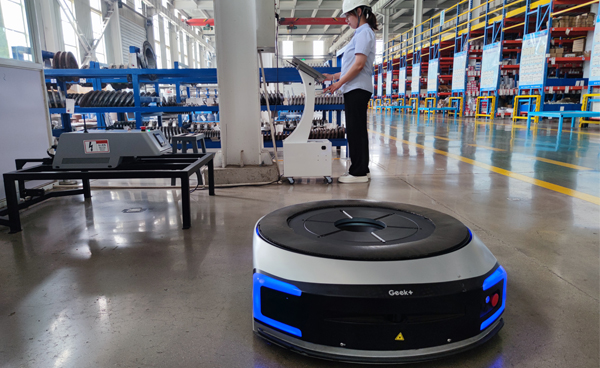
Nov . 18, 2024 17:08
Back to list
Gas Pressure Regulation Valve for Enhanced Safety and Efficiency
Gas Pressure Reducing Valve An Overview
Gas pressure reducing valves (PRVs) are crucial components in various industrial and residential applications. They play a vital role in maintaining the safety and efficiency of gas distribution systems by regulating the pressure of gases, ensuring they remain at safe and usable levels.
At its core, a gas pressure reducing valve is designed to reduce the high pressure of gas from a pipeline to a desired lower pressure for use in various applications such as heating systems, cooking appliances, and manufacturing processes. When gas flows through pipelines, it is often under high pressure, which can be unsafe and unmanageable for direct use. The PRV steps down the pressure to a level that is safe for appliances and reduces the risk of leaks or explosions.
.
In many systems, pressure fluctuations can occur due to varying demand. This can present several challenges, including inefficient operation and potential damage to appliances. PRVs are equipped with automatic features that respond to these fluctuations, allowing for real-time adjustments to maintain steady pressure levels. This capability not only enhances the safety of the gas system but also optimizes efficiency, leading to cost savings for users.
صمام تخفيض ضغط الغاز

There are various types of gas pressure reducing valves available, designed for different applications and gas types. For instance, some PRVs are designed for use with natural gas, while others may be used with propane or other specialty gases. It is crucial to select the appropriate valve for a specific application to ensure compatibility and effective performance.
The installation and maintenance of gas pressure reducing valves are critical aspects that require careful attention. During installation, it is essential to ensure that the PRV is placed in a suitable location, typically downstream from the gas meter and near the appliances. Regular maintenance checks are necessary to ensure the valve functions correctly and to prevent wear and tear that could lead to leaks or failures. Technicians should inspect components, check for proper adjustment settings, and ensure there are no obstructions or debris affecting the valve's operation.
In addition to safety and efficiency, environmental considerations are becoming increasingly important in the design and use of gas pressure reducing valves. Modern PRVs may incorporate materials and technologies that minimize environmental impact, reflecting a growing trend toward sustainability in the gas industry.
In conclusion, gas pressure reducing valves are essential devices that enhance the safety and efficiency of gas distribution systems. Through effective regulation of gas pressure, they ensure that appliances operate safely and efficiently, safeguarding both users and equipment. As technologies advance, the design and functionality of PRVs continue to evolve, addressing the demands of modern gas applications while maintaining a strong commitment to safety and environmental responsibility.
Latest news
-
Safety Valve Spring-Loaded Design Overpressure ProtectionNewsJul.25,2025
-
Precision Voltage Regulator AC5 Accuracy Grade PerformanceNewsJul.25,2025
-
Natural Gas Pressure Regulating Skid Industrial Pipeline ApplicationsNewsJul.25,2025
-
Natural Gas Filter Stainless Steel Mesh Element DesignNewsJul.25,2025
-
Gas Pressure Regulator Valve Direct-Acting Spring-Loaded DesignNewsJul.25,2025
-
Decompression Equipment Multi-Stage Heat Exchange System DesignNewsJul.25,2025

